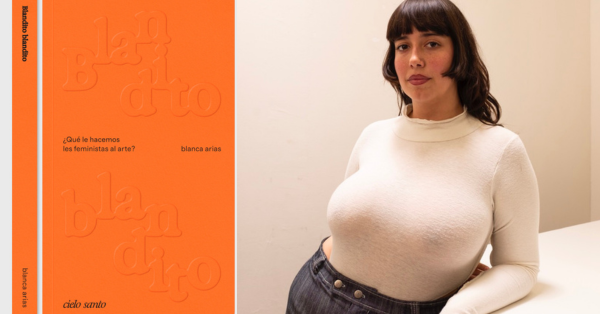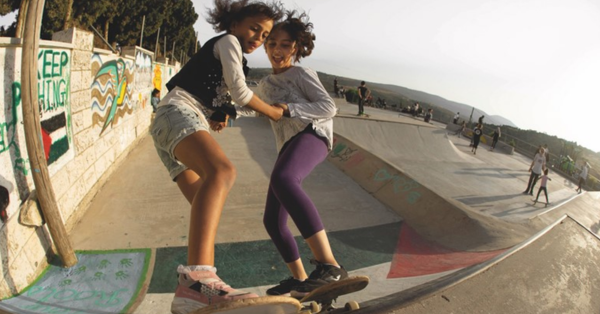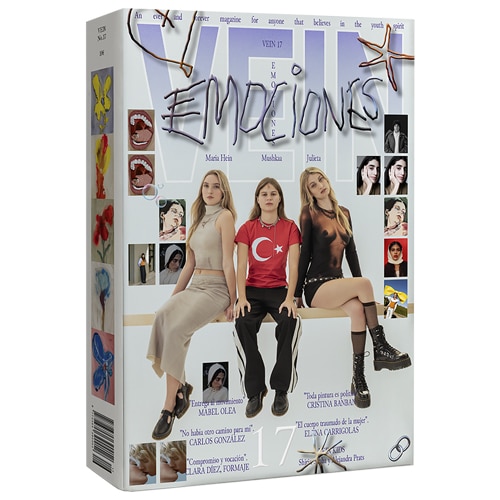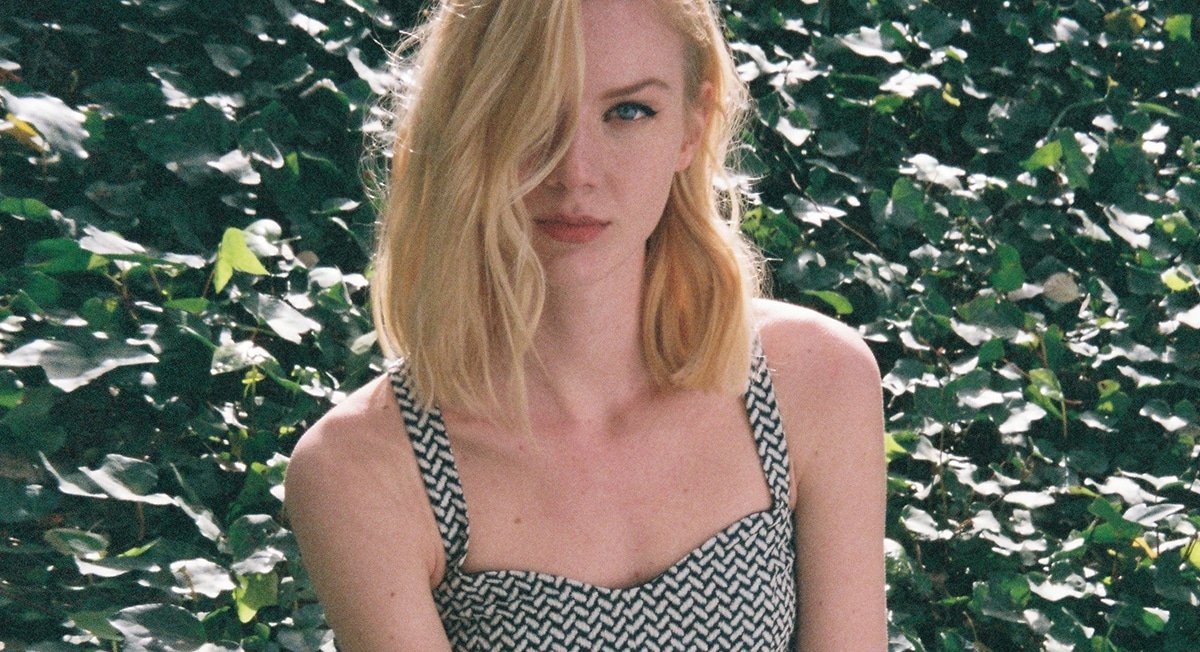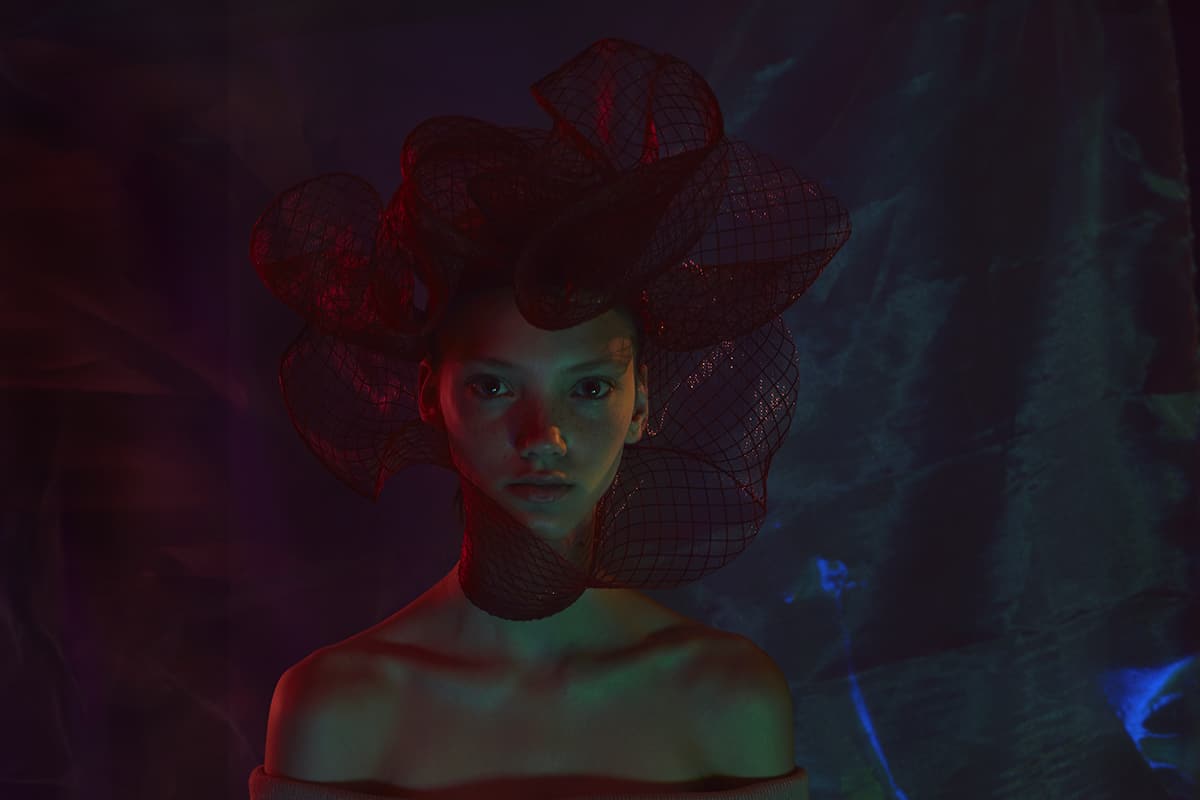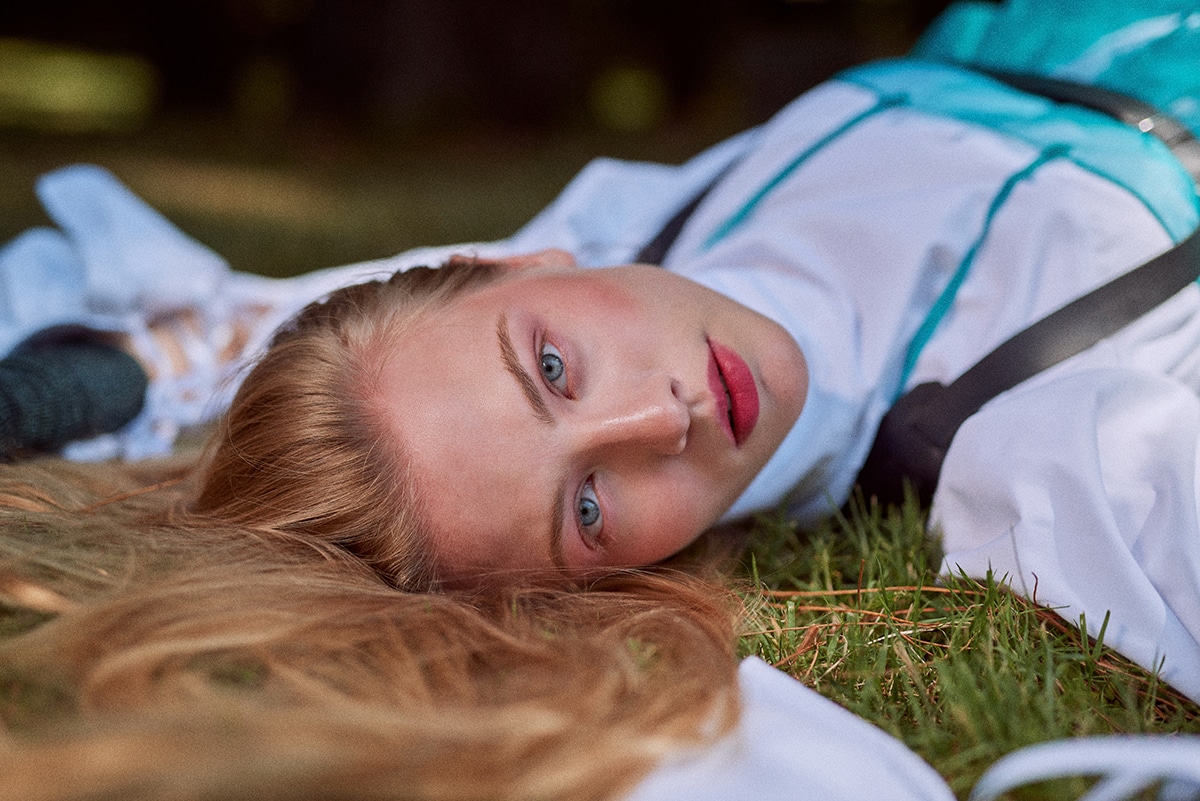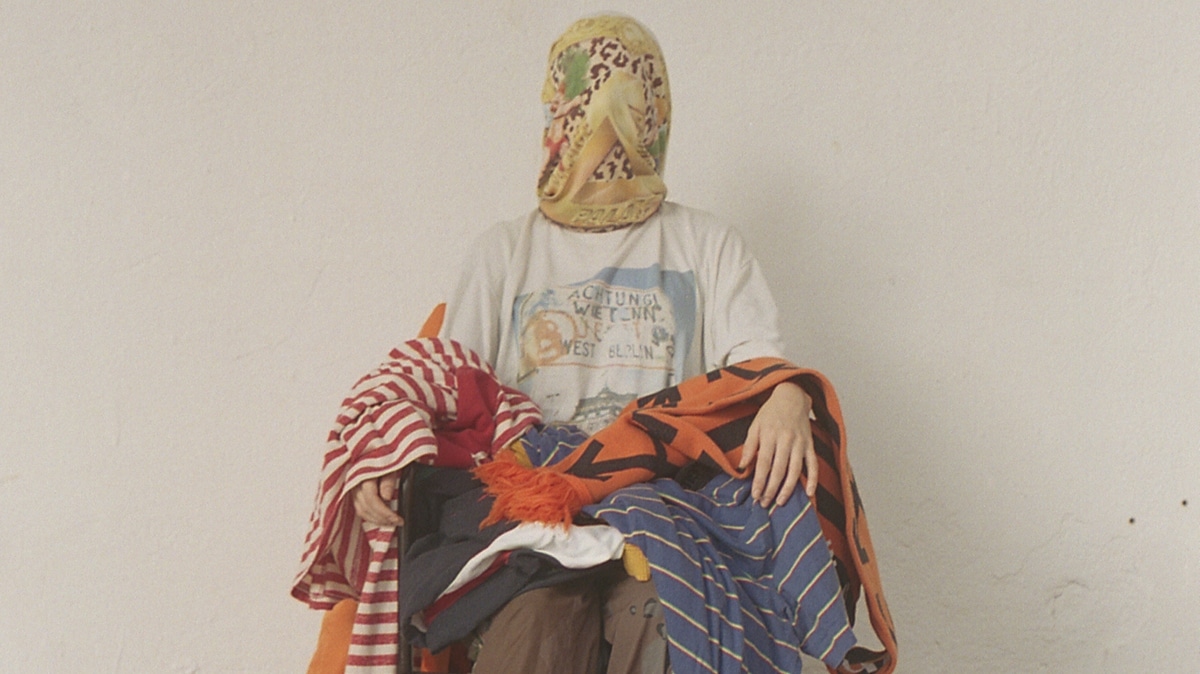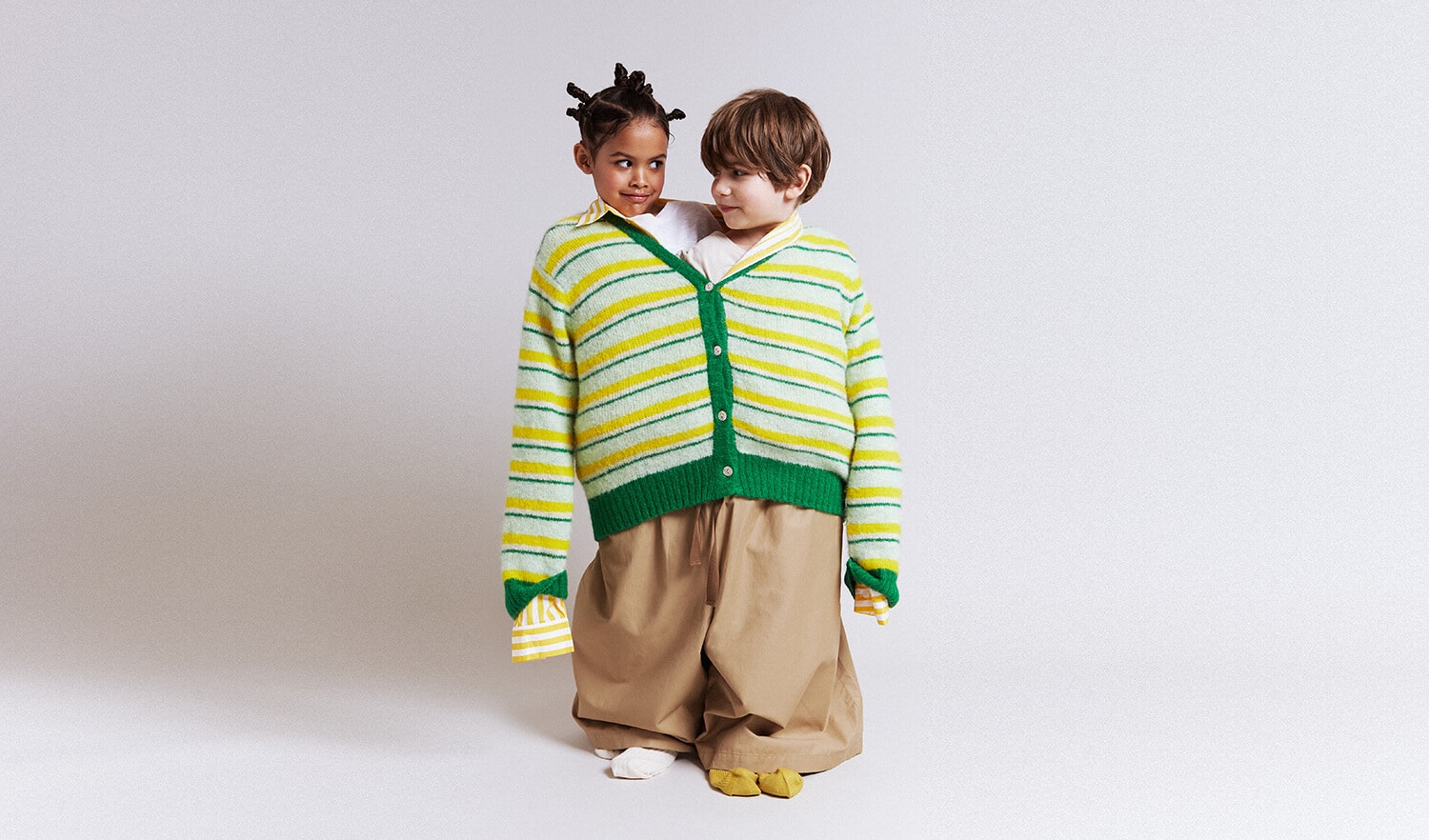Designer Yasmin Mansour founded the brand, fostering a conversation between artistic freedom and sculpture elegance. Prominent figures including Natalia Vodianova, Farida Khelfa, Imaan Hammam, Charles Rosier, Gaia Repossi, Giambattista Valli, and numerous more have taken notice of her works that connect fashion with modern art, embodying a sophisticated concept of luxury through a careful interplay of texture and structure. Yasmin is establishing herself as a designer to watch with her recent Fashion Trust Arabia win and her inclusion in the LVMH Prize 2025 semi-finalists.
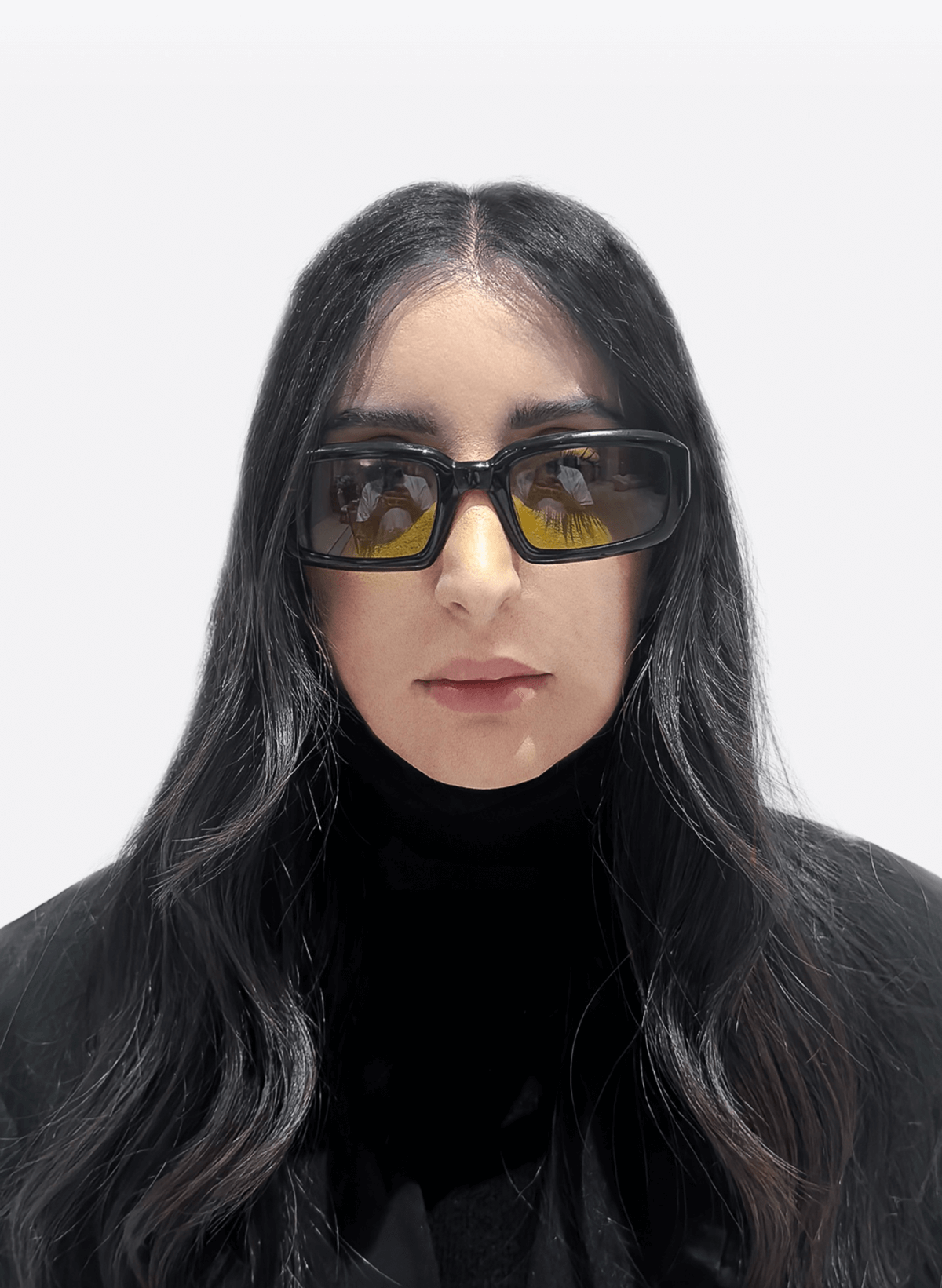
You draw upon architecture and great designers of the past like Elsa Schiaparelli and YSL in your work. Additionally, you divide your atelier and life between Paris and Doha, what drew you to the two cities, and do you find any similarities between the two cities?
Paris and Doha each play a unique yet complementary role in my creative process. Paris is where ideas take shape. It’s a city steeped in history, craftsmanship, and artistic dialogue. Being surrounded by its rich fashion heritage and architectural grandeur constantly fuels my vision. Doha, on the other hand, is home, it’s where my roots are, where I first fell in love with design, and where my atelier brings concepts to life with meticulous craftsmanship.
Though they may seem worlds apart, both cities share a deep appreciation for culture, innovation, and storytelling. Paris has an undeniable legacy of haute couture, while Doha is rapidly emerging as a hub for creativity and modern luxury. That balance between tradition and reinvention mirrors my approach to design blending historical influences with a forward-thinking perspective.
What inspirations do you get from Doha and do you see it playing a future influential role in fashion?
Doha is a city of contrasts, where the past and future coexist in a way that feels effortless. The architecture, the desert landscape, and the cultural heritage all inspire me. There’s a raw beauty in the way the city is constantly evolving while staying deeply connected to its roots. That duality, tradition, and modernity resonate with my approach to design, where I blend structured, architectural forms with fluidity and movement.
As for its role in fashion, I truly believe Doha is on the rise. The region is embracing craftsmanship, innovation, and sustainable luxury in a way that’s shaping new conversations in the industry. With platforms like Fashion Trust Arabia and an increasing global interest in Middle Eastern designers, Doha has the potential to become a key player in the future of fashion, not just as a market but as a creative force.
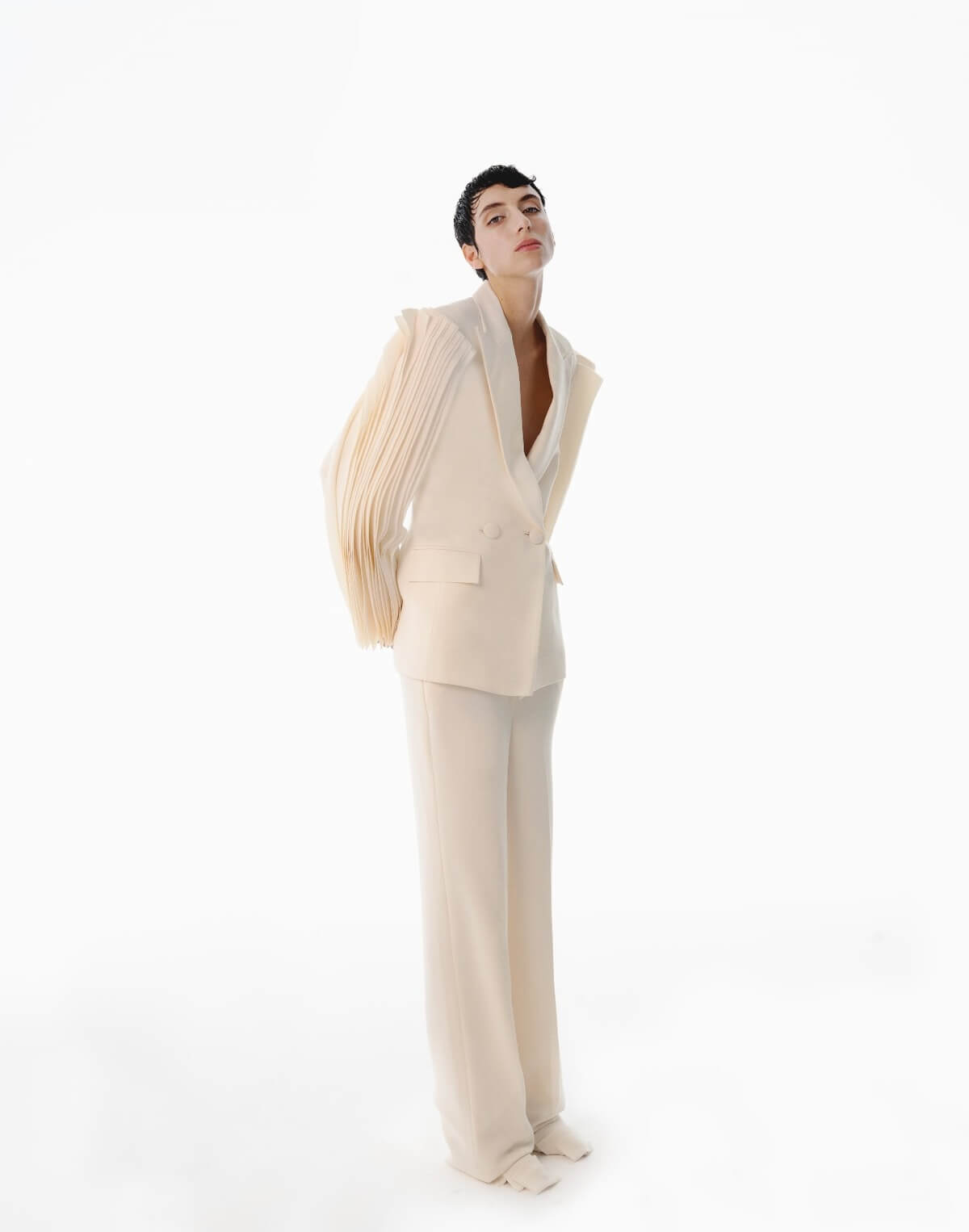
Your latest collaboration was with Qatar-based artist Al Muftah, can you tell us a bit about it?
Collaborating with Al Muftah was a deeply inspiring experience. Their work captures the essence of Qatari heritage while pushing creative boundaries, which aligns closely with my own design philosophy. Our collaboration was about merging two disciplines; fashion and fine art to create something that felt both contemporary and rooted in tradition.
The collection we developed was a dialogue between texture, form, and storytelling. I incorporated their artistic vision into fabric manipulation techniques, ensuring that every piece carried a sense of depth and meaning. It wasn’t just about aesthetics; it was about honoring craftsmanship and cultural identity in a way that felt fresh and forward-thinking.
You also work with many Middle Eastern clients. How has the fashion industry and aesthetic changed there over the past few years?
The fashion industry in the Middle East has undergone a remarkable transformation over the past few years. There’s been a shift towards a more individualistic approach to style. Women are embracing bold, avant-garde designs while still honoring tradition. There’s also a growing appreciation for craftsmanship and sustainability, with many clients seeking out unique, well-crafted pieces over mass-produced luxury.
Social media and global fashion events have played a role in this evolution, but what’s truly exciting is the emergence of regional talent. Middle Eastern designers are redefining the industry on their terms, blending heritage with modernity. Clients are more experimental now, unafraid to mix global influences with their cultural identity, and that’s shaping a new era for fashion in the region.
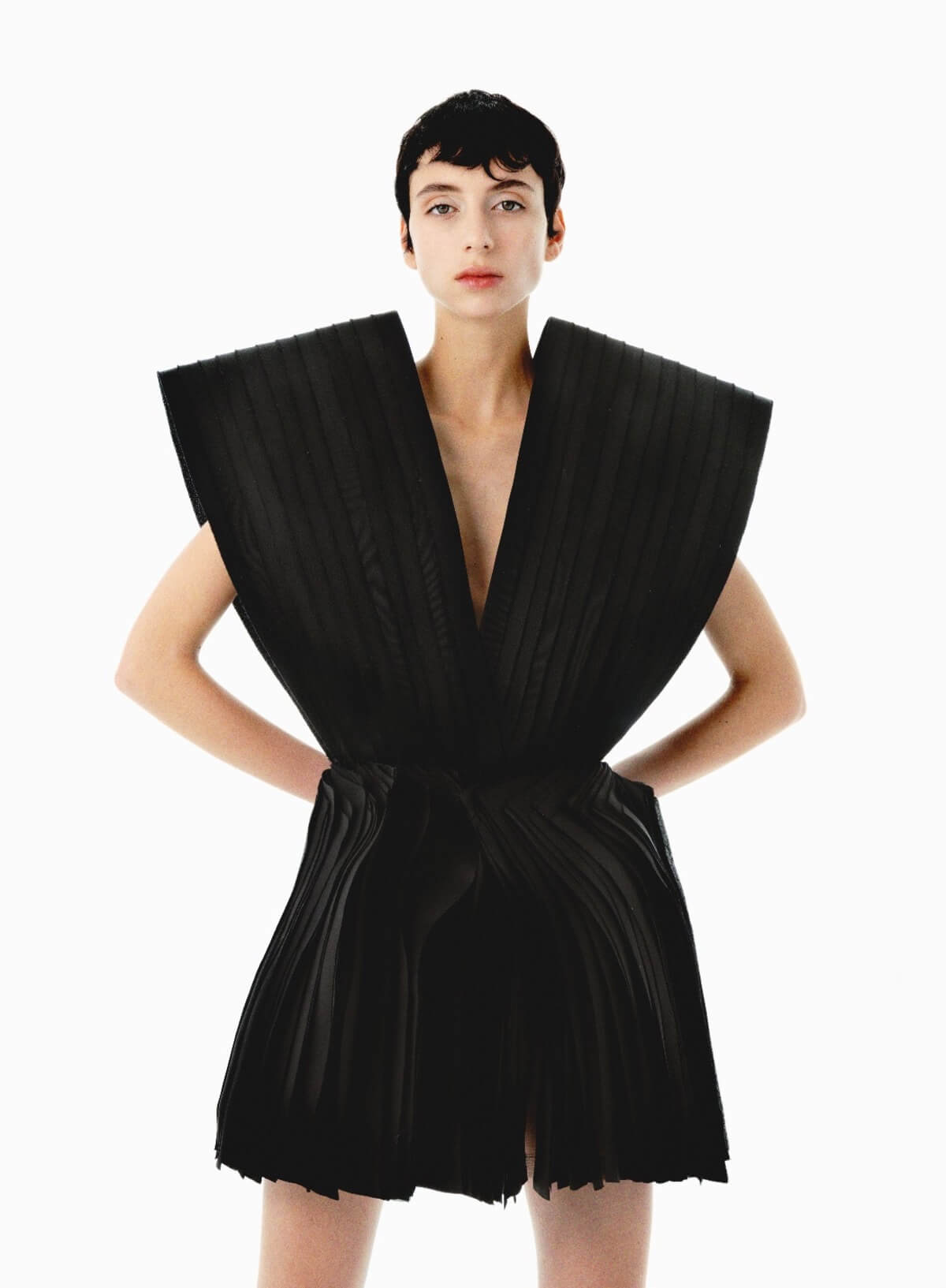
Would you ever want to design for a big Paris house?
Despite the appeal of the prestigious Paris houses, my current focus is firmly on developing my own brand and the vision I’ve cultivated over the years. That said, my time as an intern for Balmain in Paris left a lasting impression on me. It was an invaluable experience that shaped my understanding of haute couture, craftsmanship, and the timeless allure of Parisian fashion. While my brand is where I’m pouring my energy now, the lessons I learned in Paris will always remain an essential part of my journey. Designing for a Paris house is an intriguing thought, but right now maintaining the soul of my own label is where my heart lies.
Sustainability including upcycled materials and ethical craftsmanship, are part of your label’s DNA. What challenges do you face and what solutions have you found?
Sustainability is at the core of my design ethos, and while it brings its share of challenges, it also drives innovation in every collection. One major challenge is sourcing materials that not only meet our strict aesthetic standards but also adhere to ethical and sustainable practices. The process of ensuring every piece is crafted with care, minimizing waste, and upholding fair labor practices requires constant vigilance and creativity.
During the pandemic, I discovered the untapped potential in discarded materials. This led to the development of a unique layering technique that transforms what might be considered waste into dynamic, textured elements in my designs. This approach not only reinforces our commitment to upcycling but also adds a storytelling element to each piece. By building strong, transparent relationships with my suppliers and artisans, I’ve been able to turn these challenges into opportunities, proving that ethical craftsmanship and luxury can indeed go hand in hand.
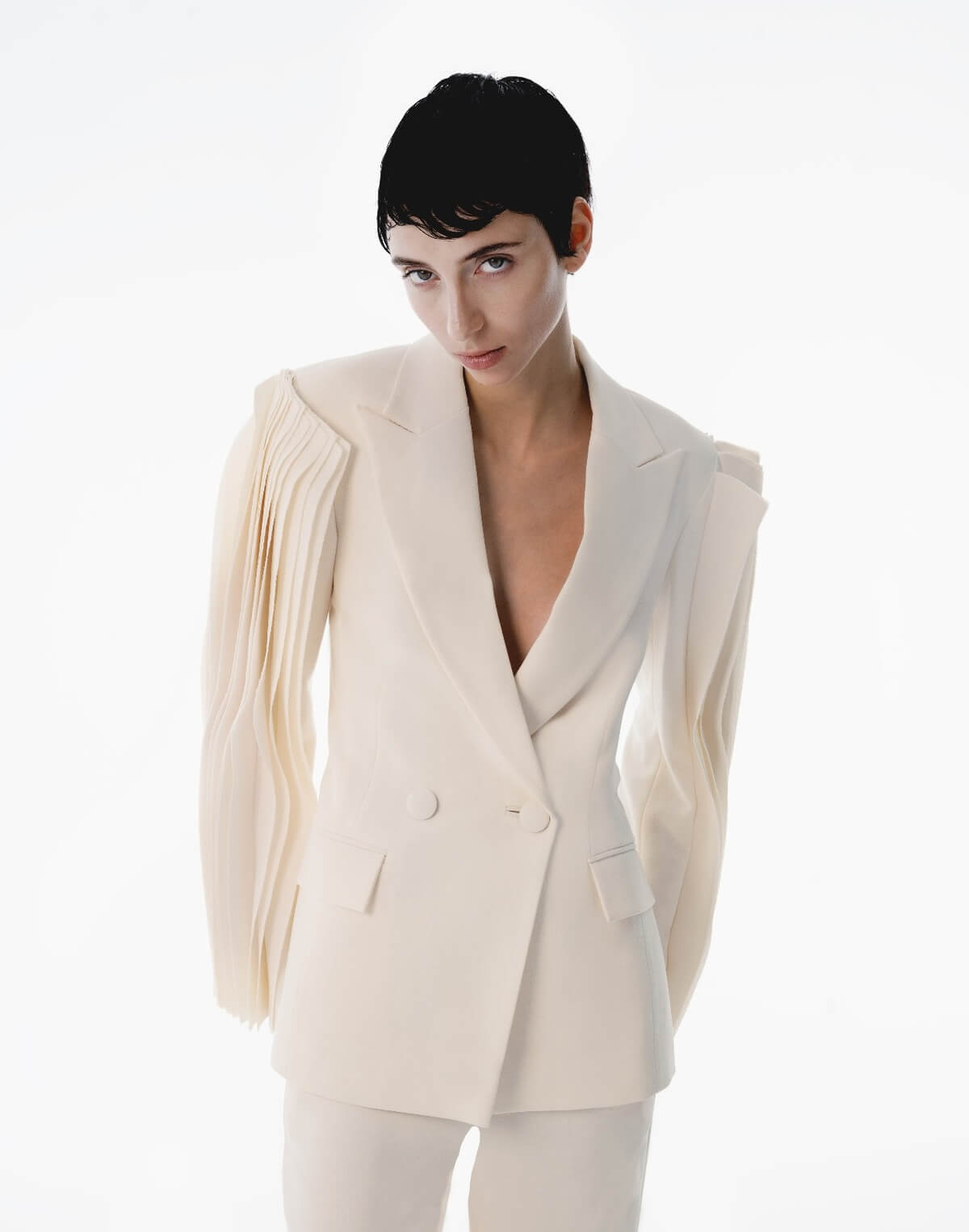
What is the most exciting textile you have worked with?
I’m always intrigued by the potential that each textile holds. I’ve had the opportunity to work with a diverse range of materials, and rather than singling out one as the most exciting, I find that every fabric brings its own story. One project that stands out is my work with upcycled materials during the pandemic. I transformed what many would consider waste into dynamic, layered textures, a process that not only pushed creative boundaries but also reinforced my commitment to sustainable design. This experimentation opened up new avenues for exploring texture and movement, proving that innovation can emerge from the most unexpected sources.
If I stepped into your atelier, what would I find and what music would be on your playlist?
If you step into my atelier, you’ll be greeted by a harmonious blend of creativity and organization, a space where every sketch, fabric swatch, and material tells its own story. The environment is both vibrant and serene, with natural light spilling over carefully curated displays of design elements. To complement this creative sanctuary, the air is filled with chill, soulful tunes, think smooth, timeless melodies reminiscent of Sade setting a relaxed, inspiring backdrop for the work that unfolds here. Of course, some nights, we also play some Arab bangers. How could we not?
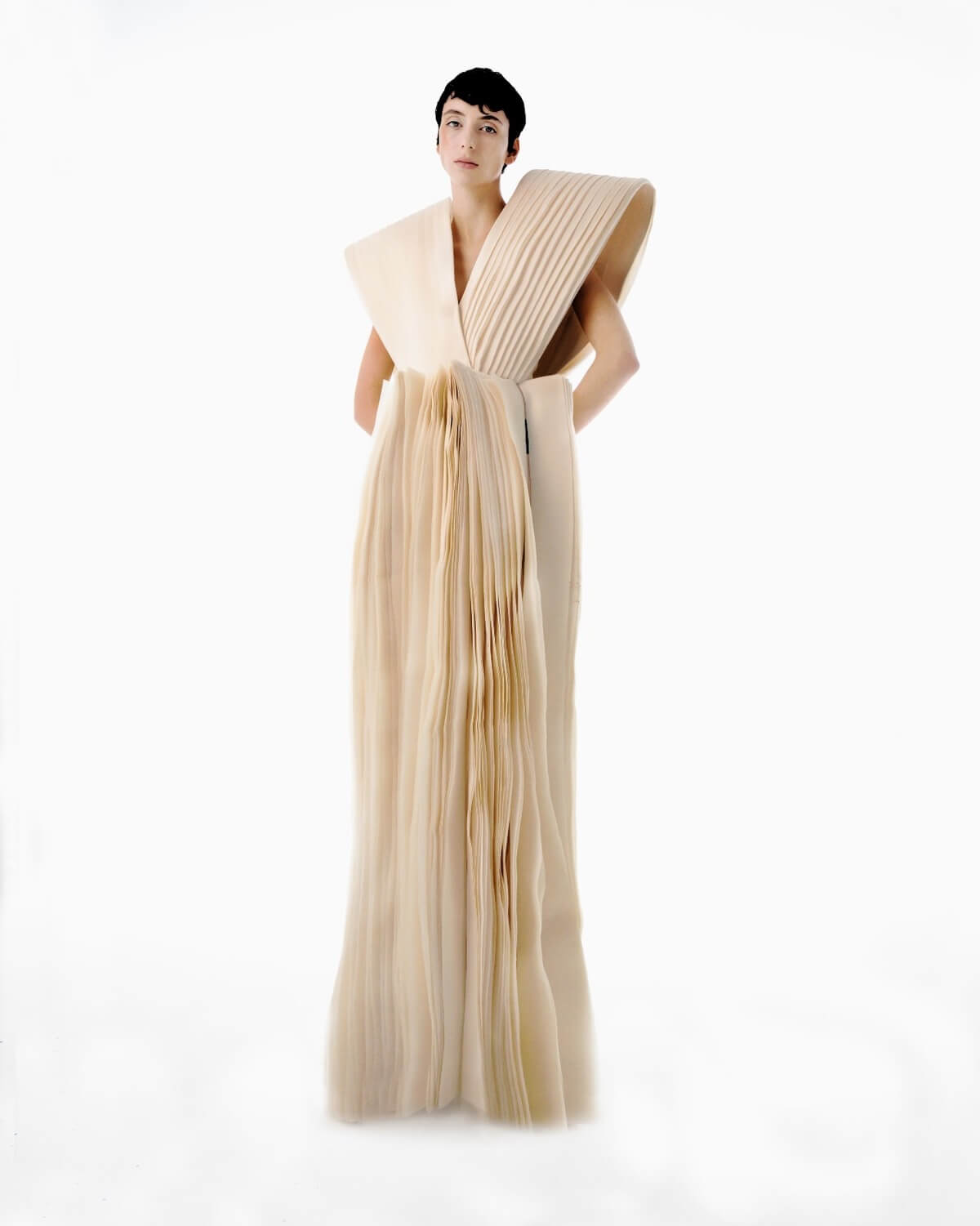
What is your vision of luxury today?
My vision of luxury is about transcending the superficial, it’s an immersive experience of authenticity and art. True luxury is found in the harmony between heritage craftsmanship and forward-thinking innovation. It’s about the care that goes into every detail, from ethically sourced materials to the stories woven into each design. In today’s world, luxury is redefined by sustainability and a commitment to timeless beauty that doesn’t compromise ethics or creativity.
And finally, what mark would you like to leave in the industry?
I want to leave a legacy that transcends beautiful designs, one that empowers Arab girls and women to take the lead in the world of art. I envision an industry where every aspiring designer feels encouraged to break barriers and tell her own story. Drawing inspiration from trailblazers like Her Excellency Sheikha Al Mayassa bint Hamad bin Khalifa Al-Thani, whose leadership and vision continue to redefine modern Arab elegance, I hope to foster a creative space where innovation and cultural heritage coalesce. Ultimately, I aim to create opportunities that inspire young talents to pursue their dreams and transform the fashion landscape into a realm of inclusivity, authenticity, and endless possibility.
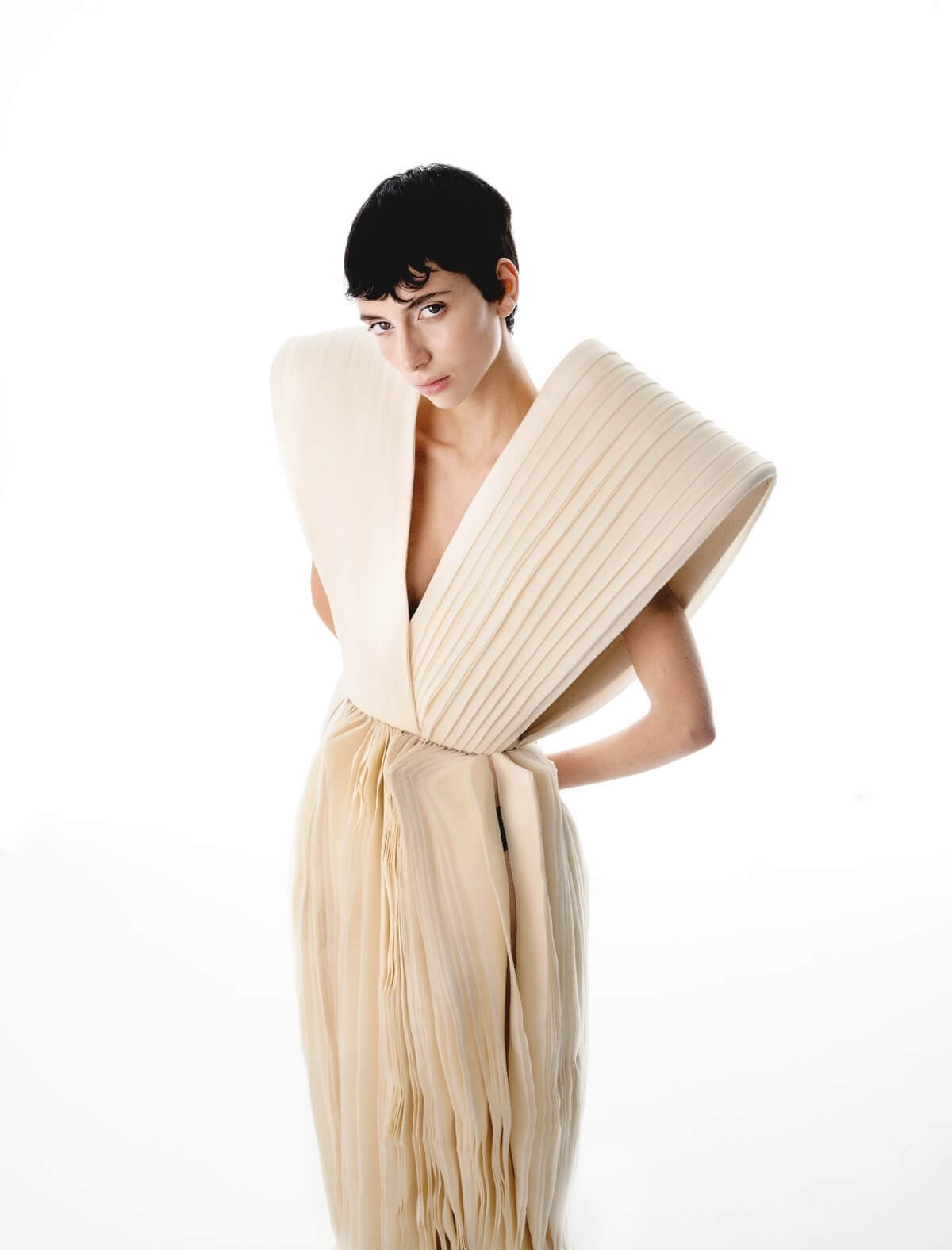

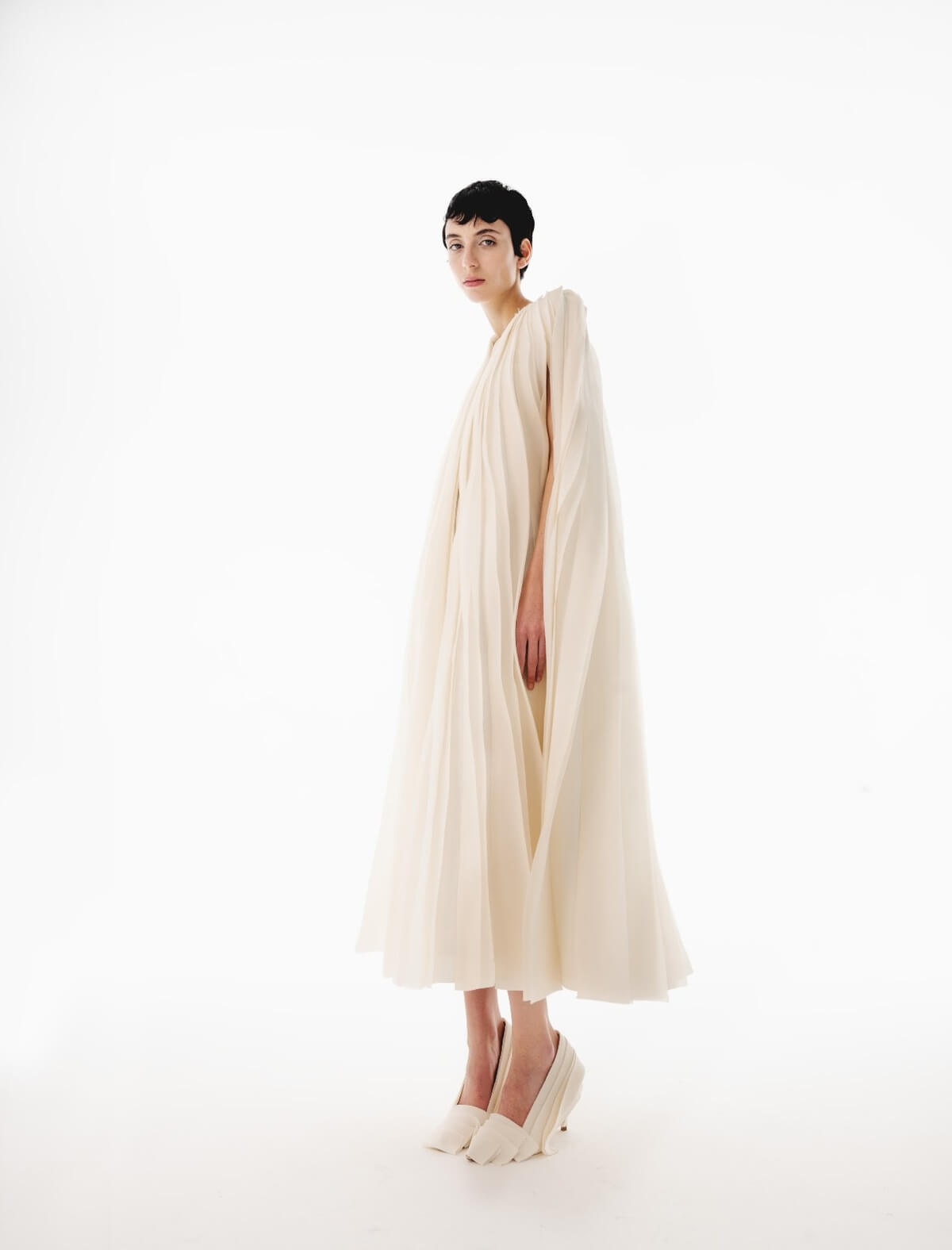
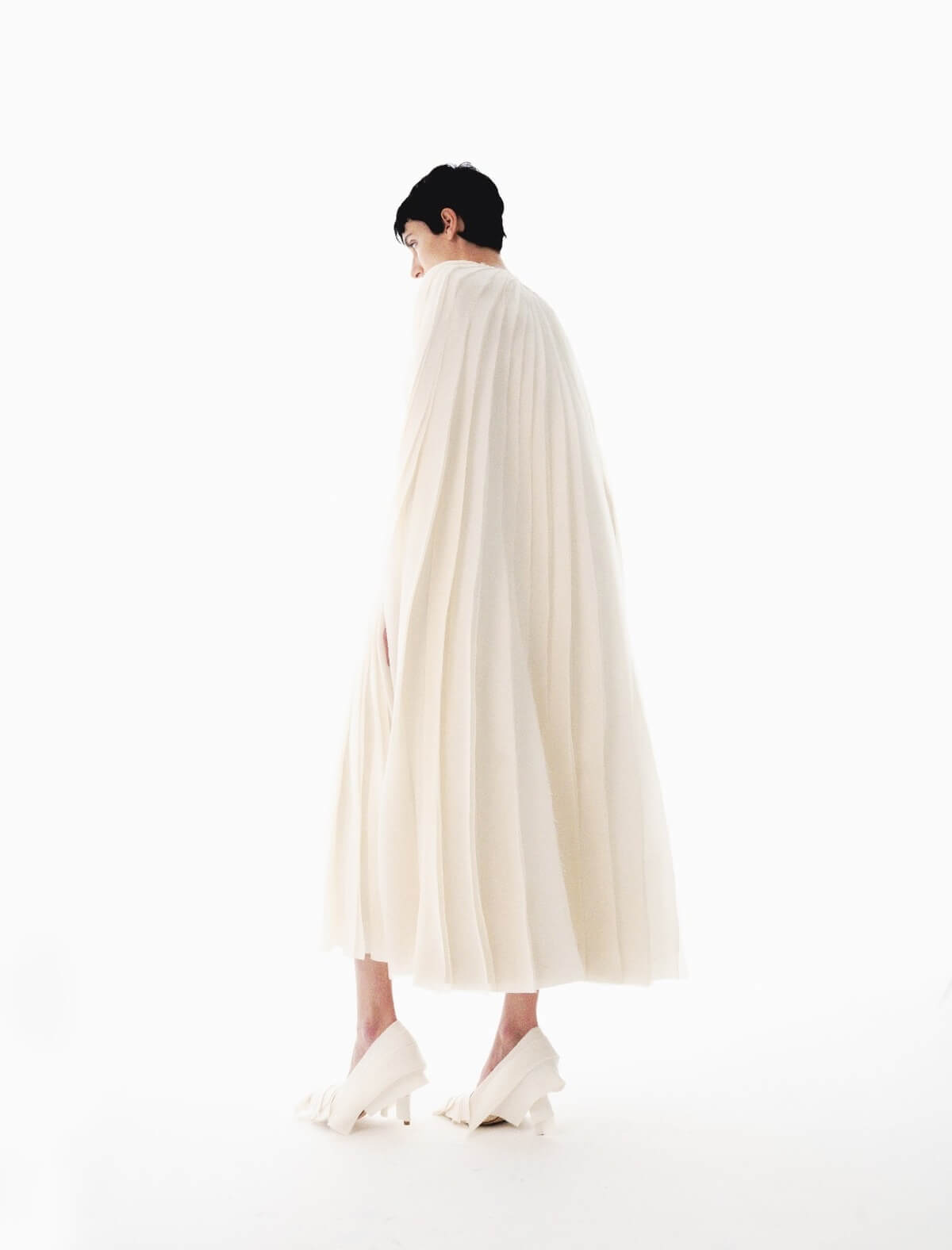
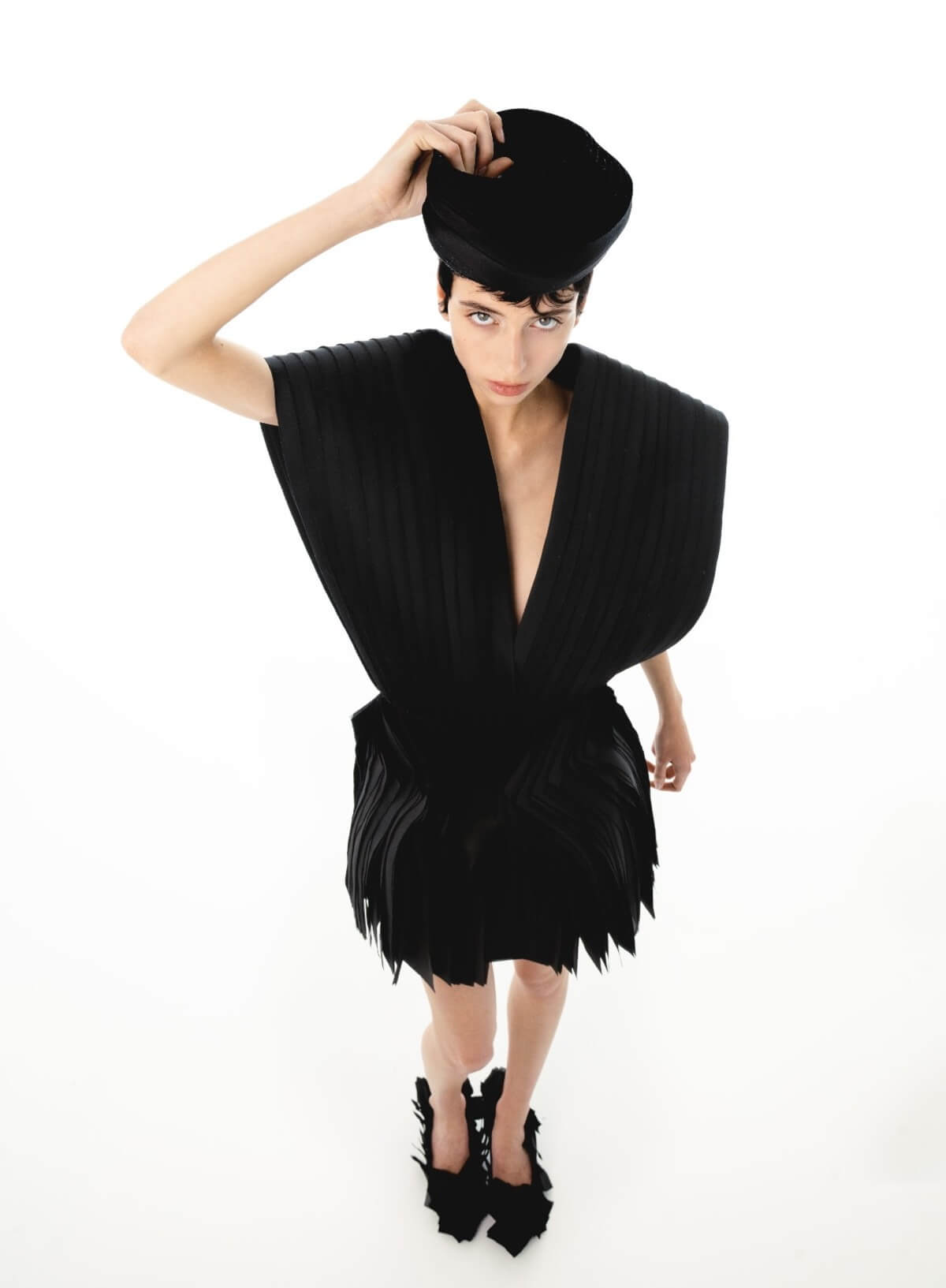
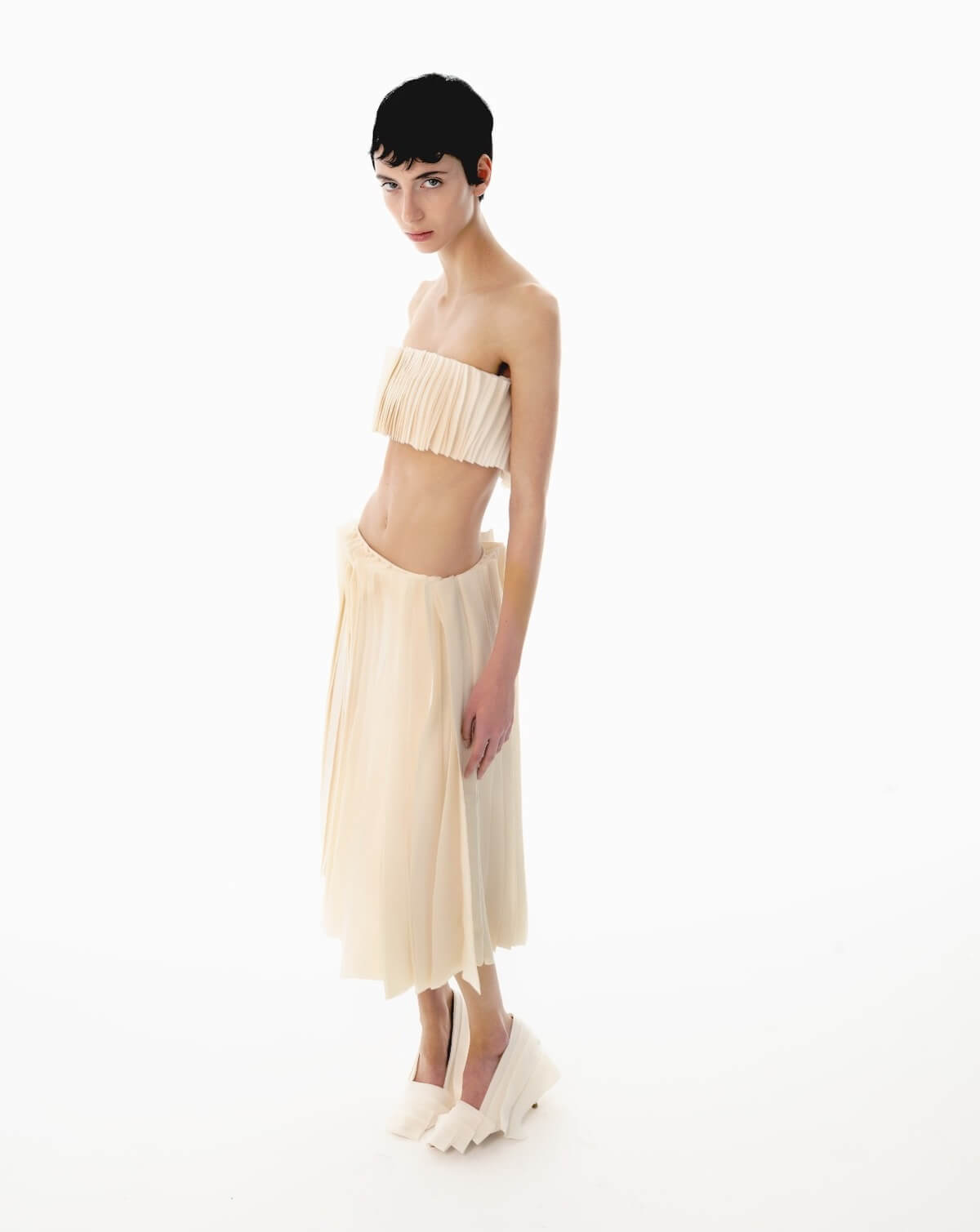
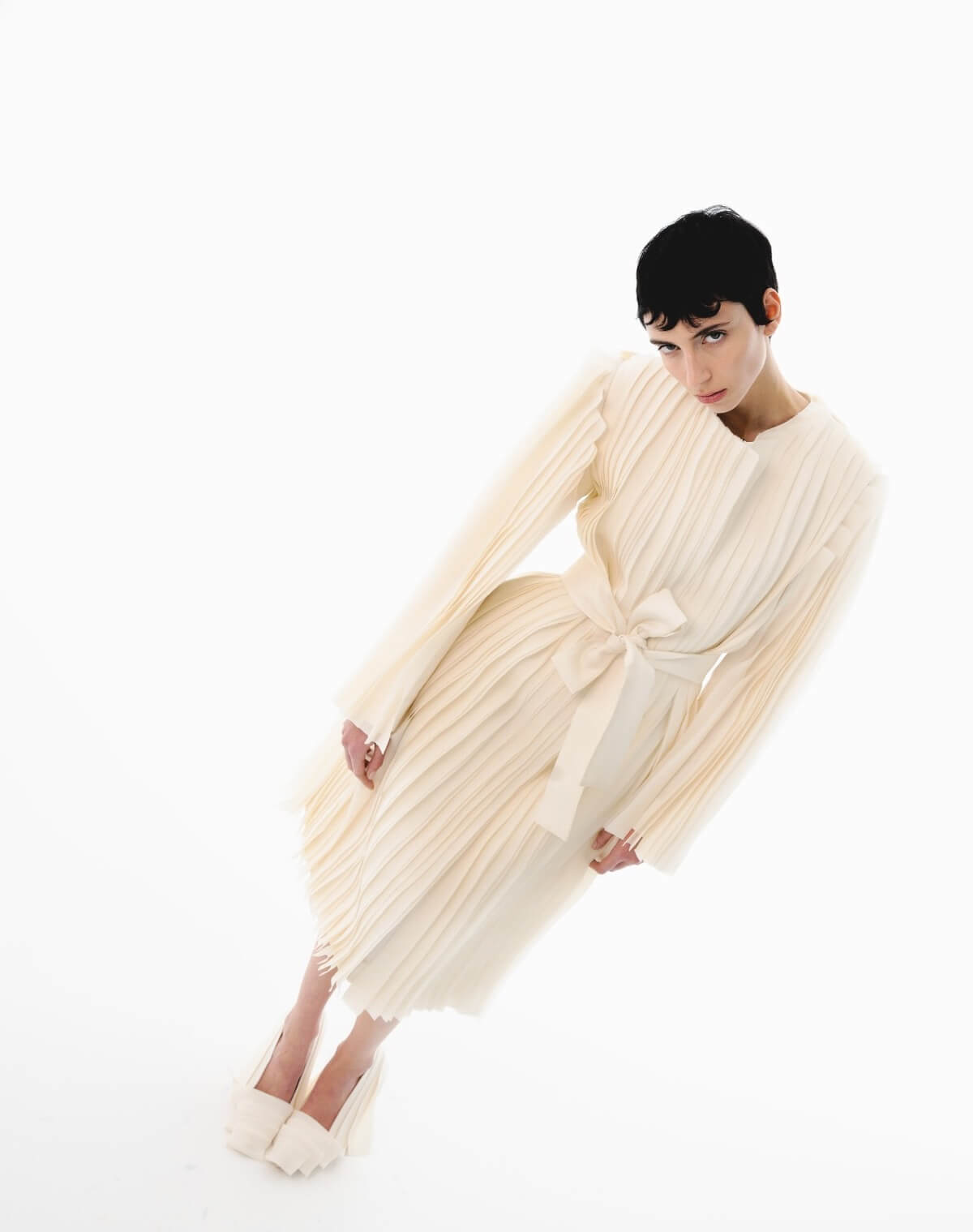
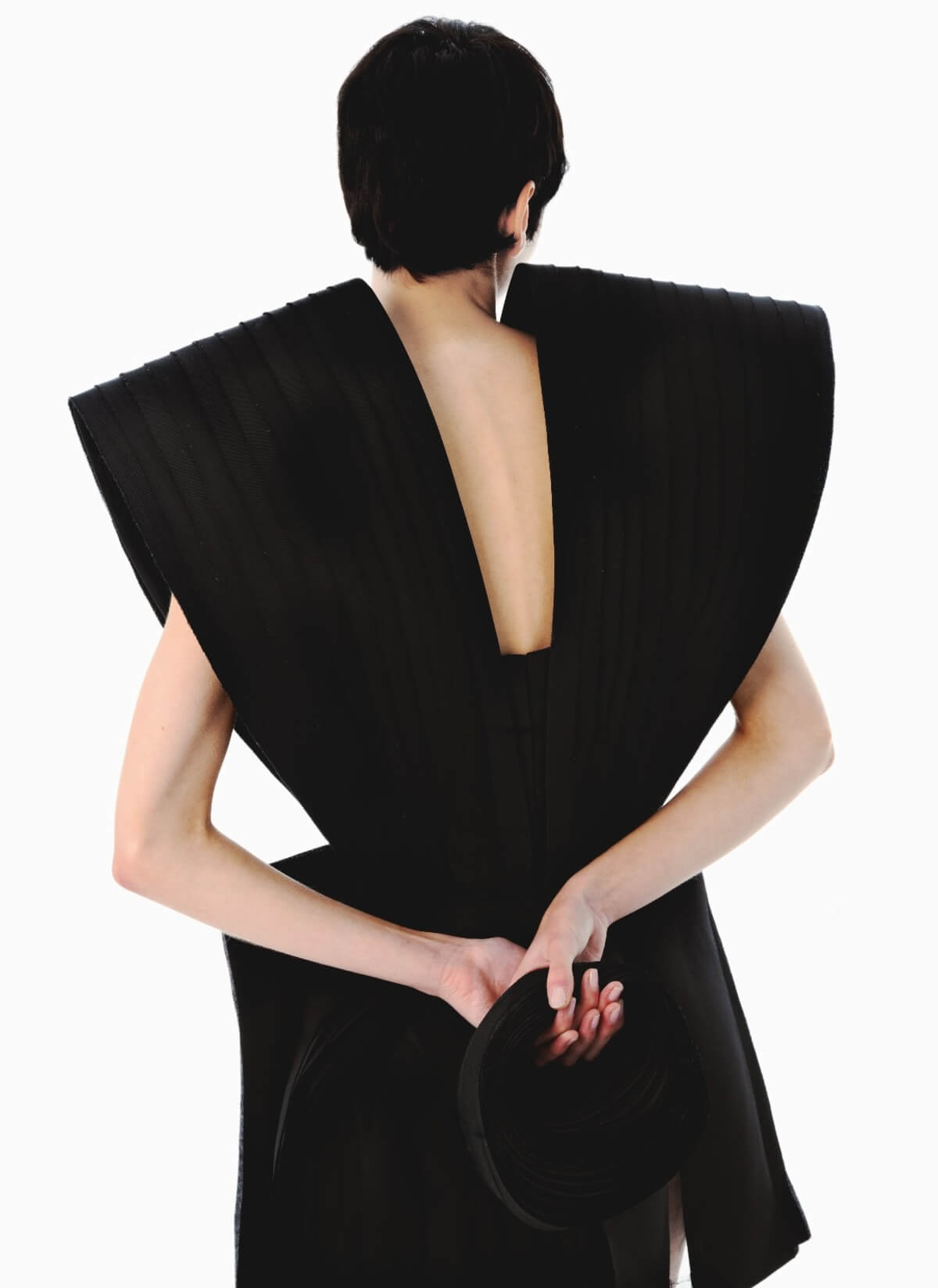
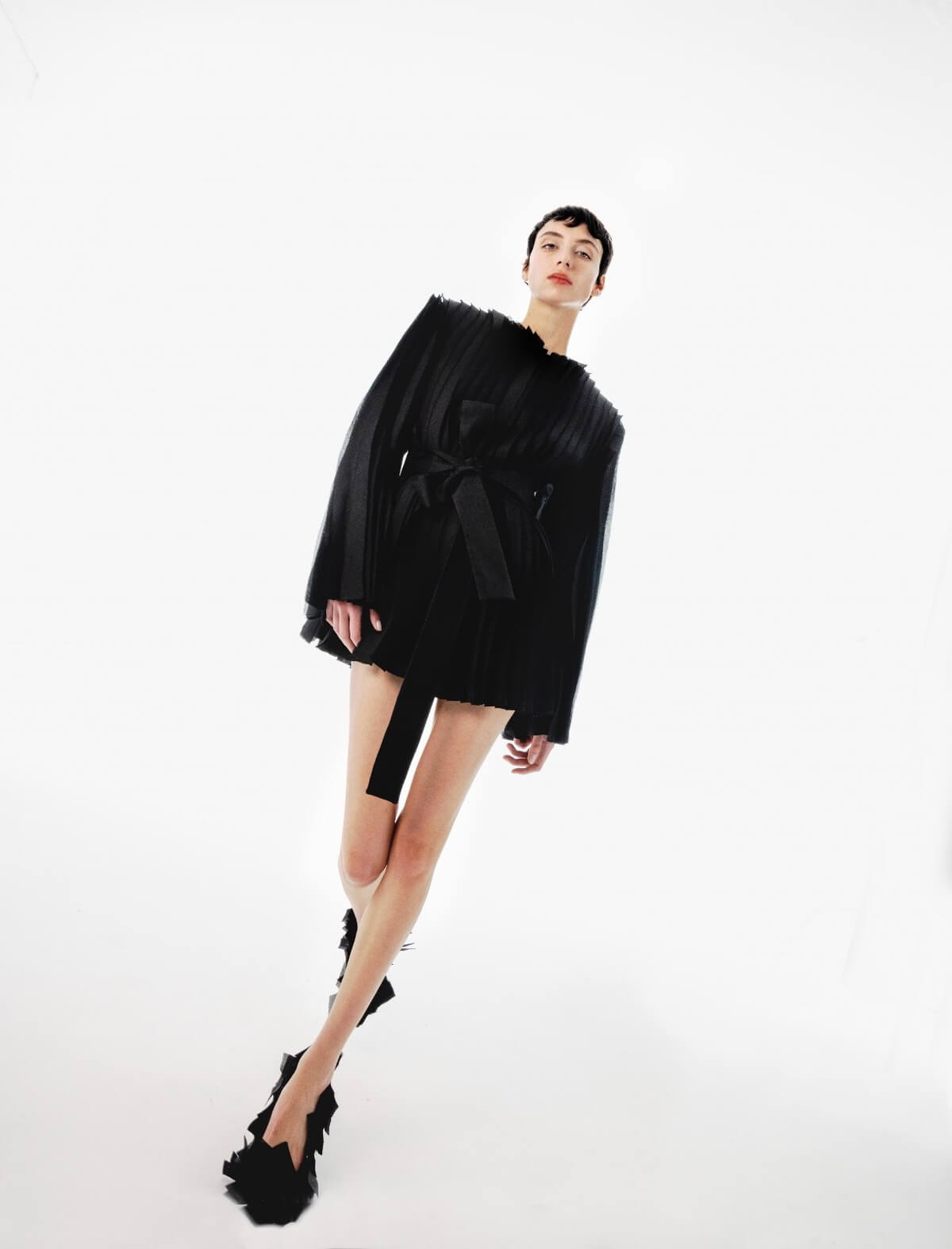
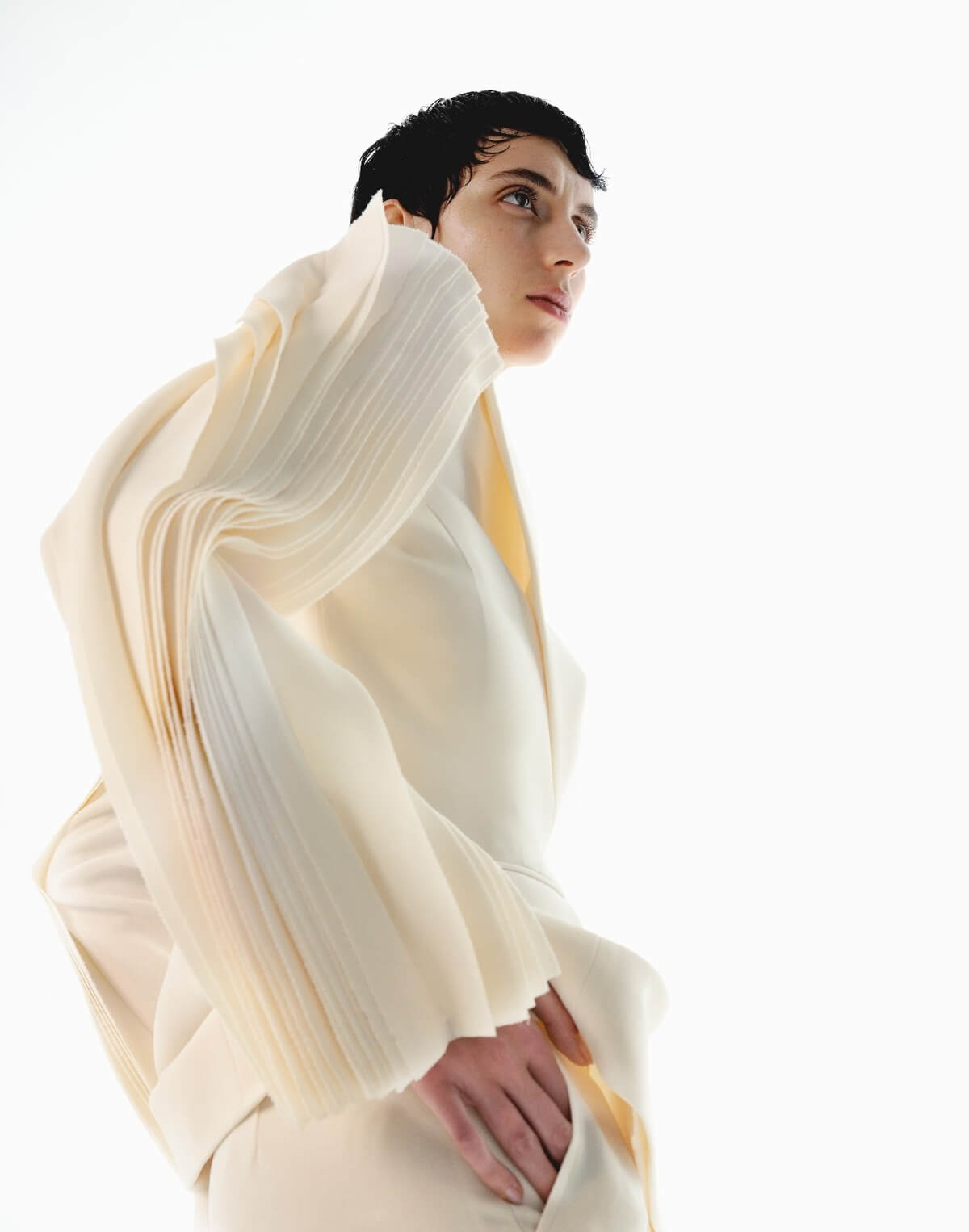
Follow @yasminmansourofficial

